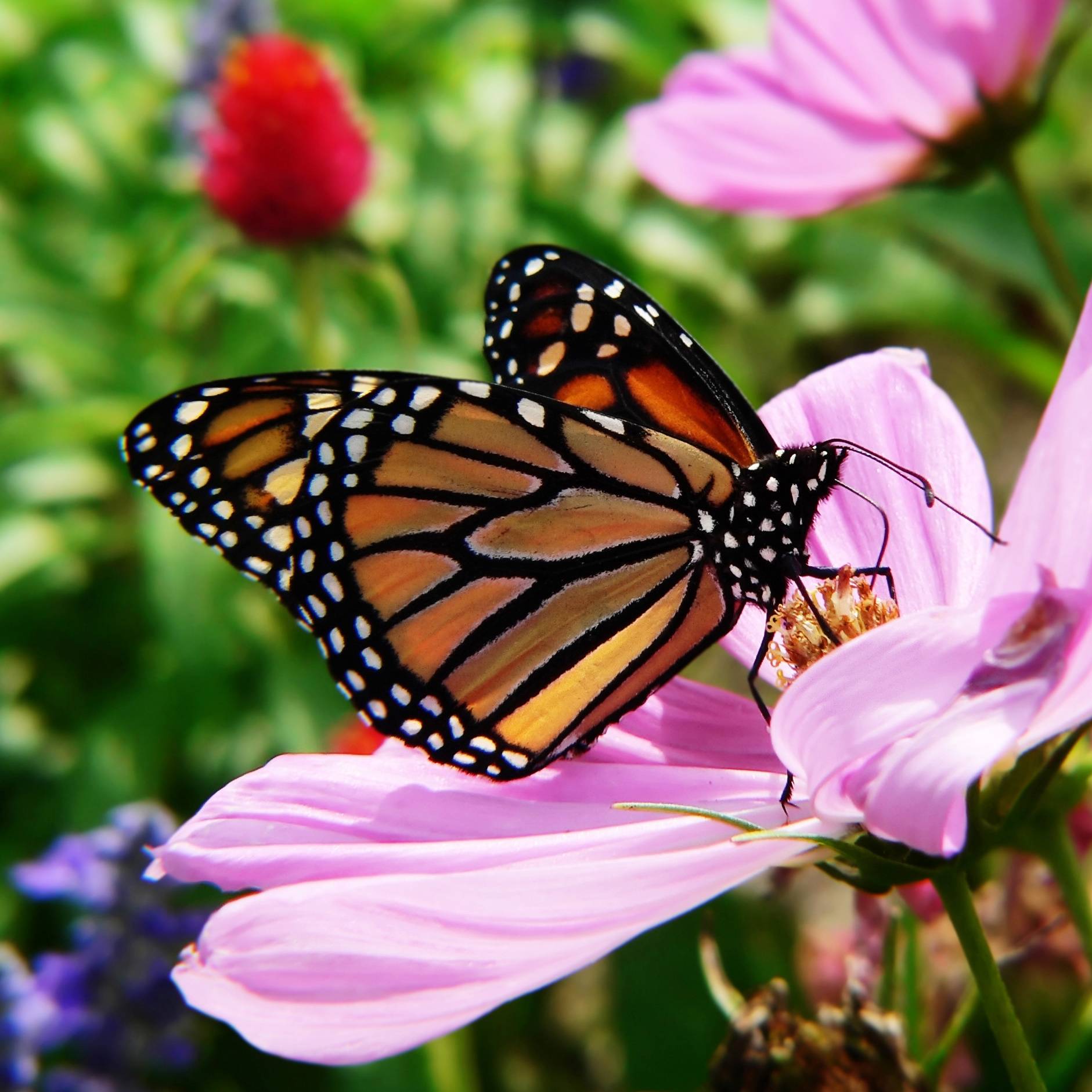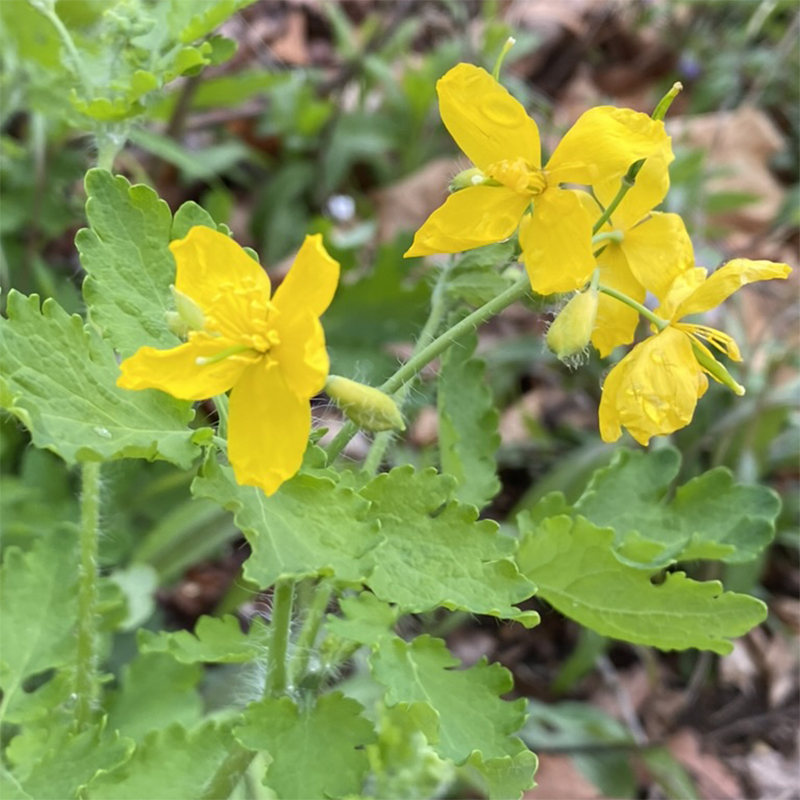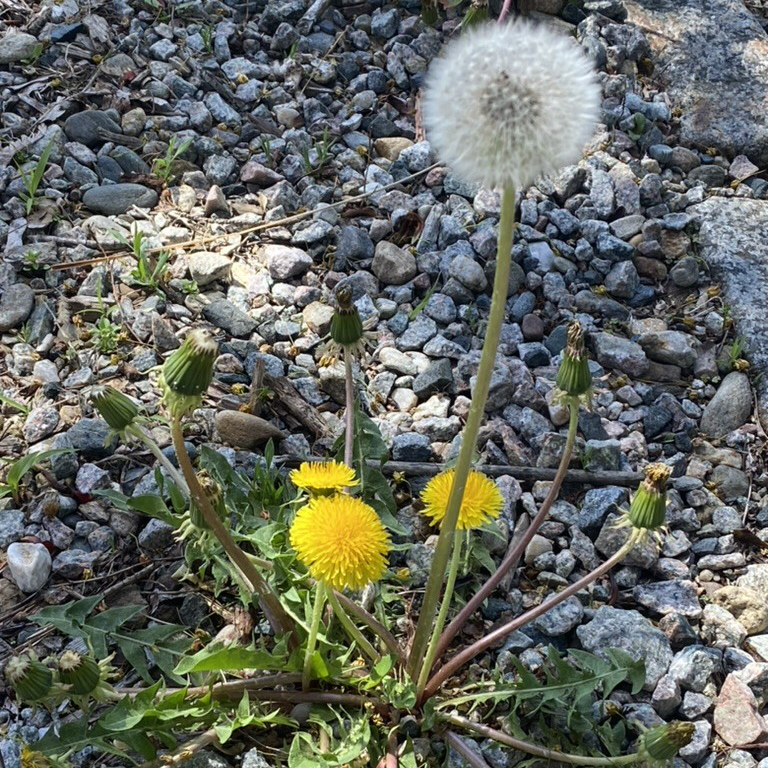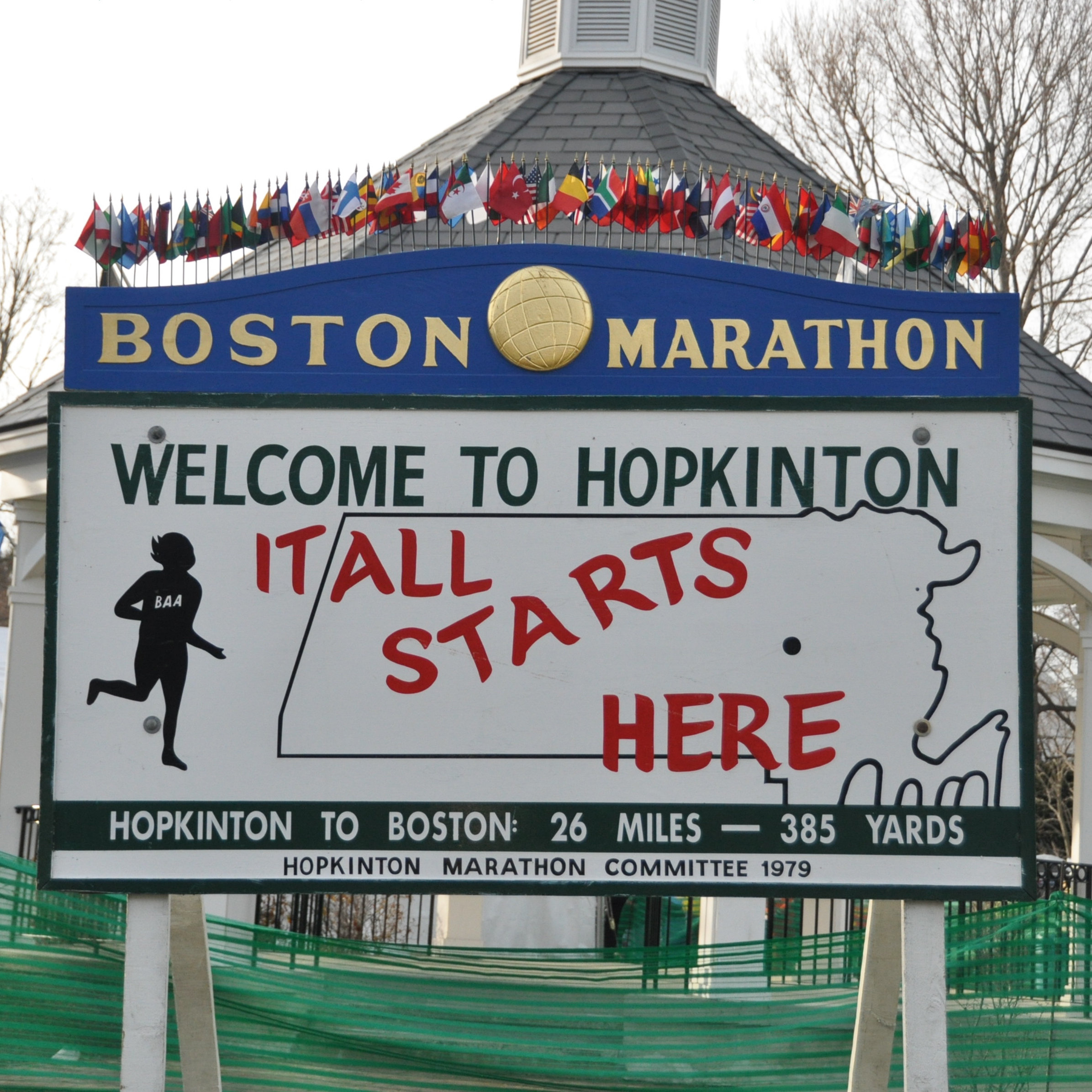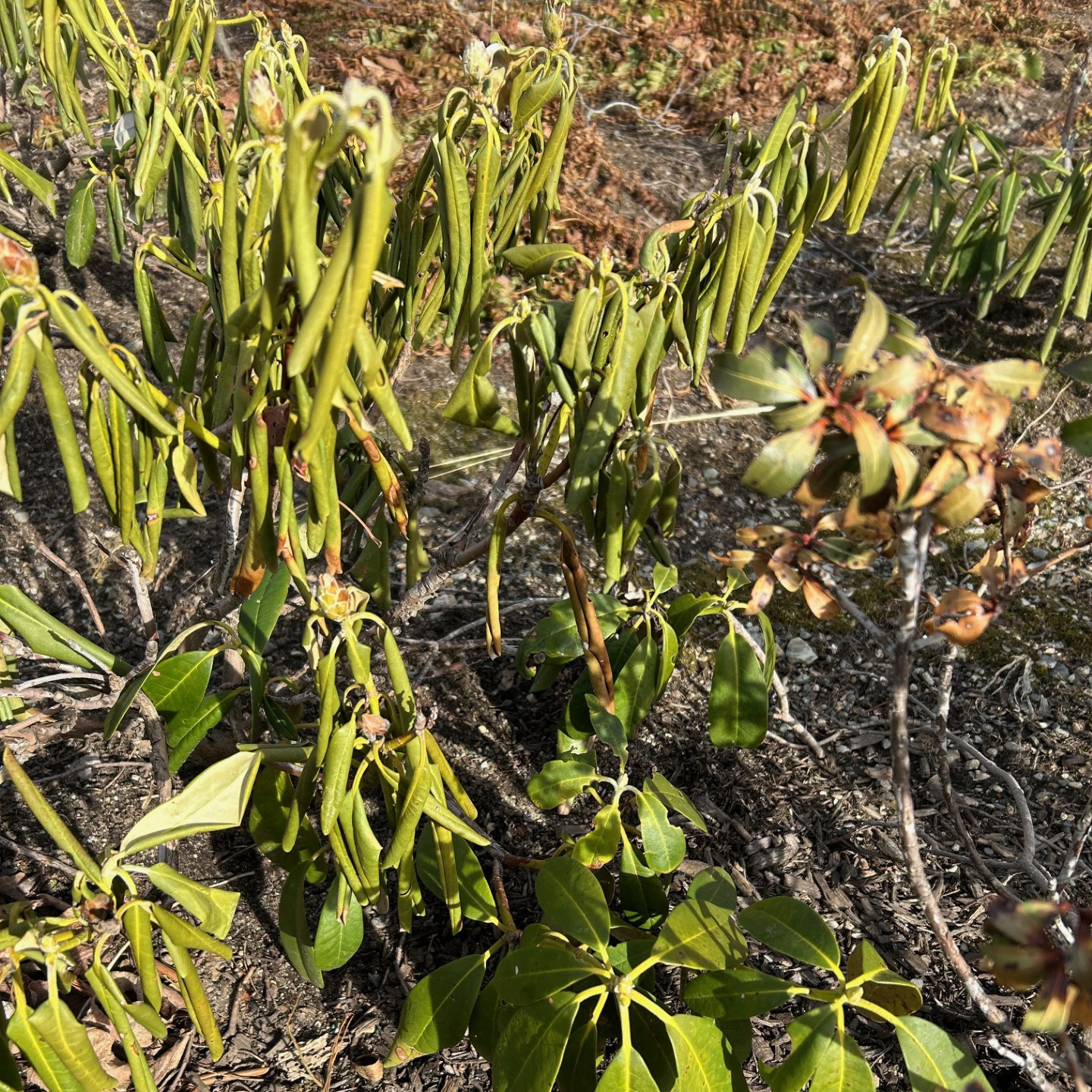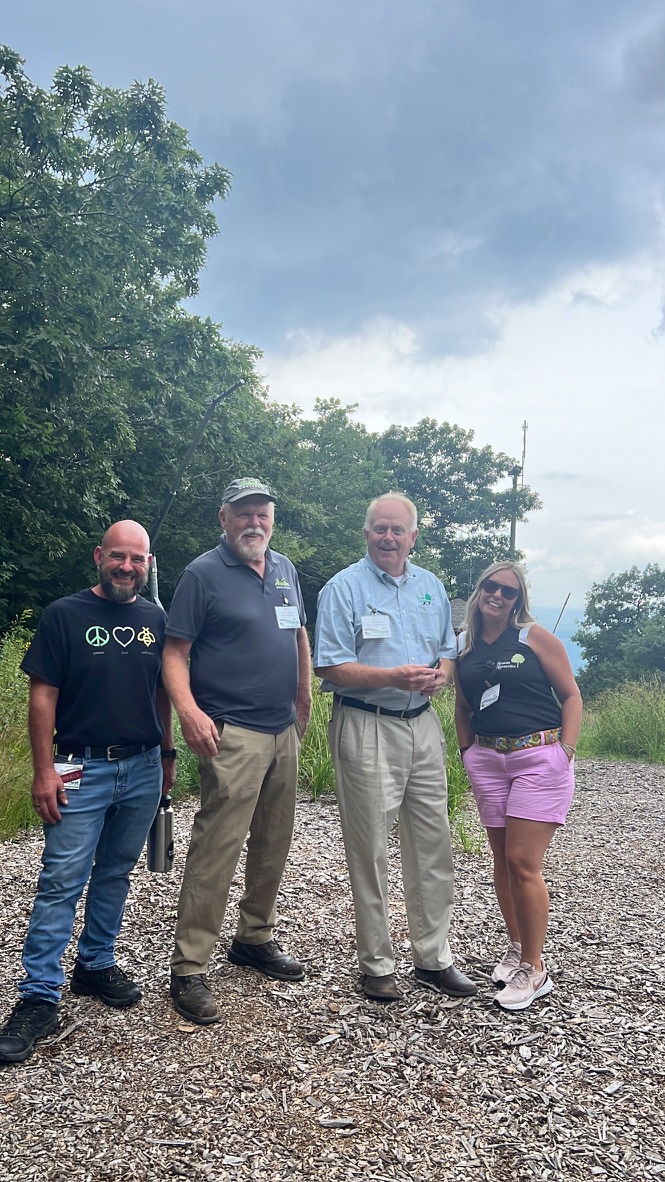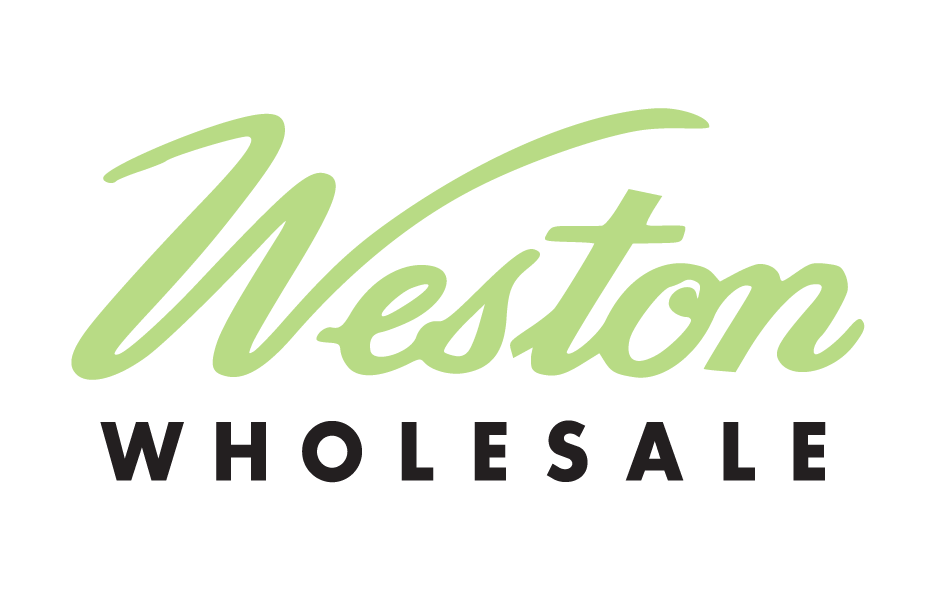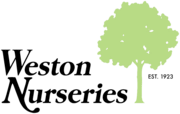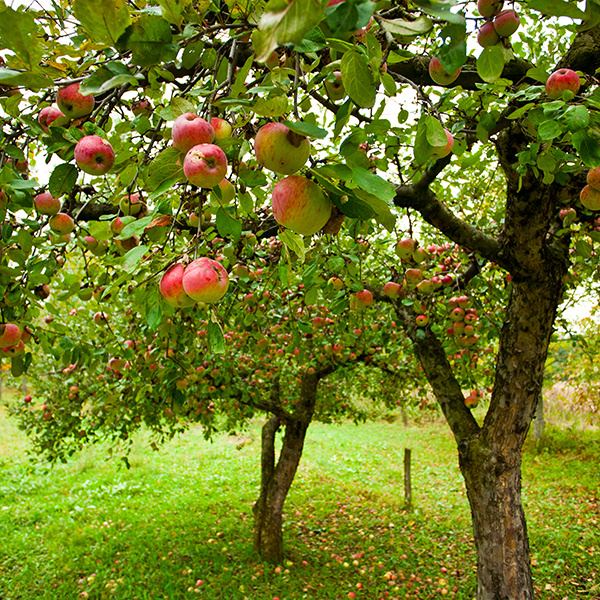
Some thirty years ago, with Earth Day, Mother Earth News, and a renewed interest in “saving the planet”, vegetable gardens and home orchards suddenly were the rage. Self- sufficiency and environmental awareness were the catch phrases for a new generation of suburban homesteaders. But like most things trendy, the home-grown craze faded as people discovered that “farming” is extremely hard work and that successful outcomes might be few and far between, certainly subject to the whim of Mother Nature.
Fast forward to 2016. The “Green” movement is back citing climate change, plastic pollution, the melting polar ice cap, the thinning ozone layer, green house gases, etc., etc., and the critical need to promote renewable resources. The climate is ripe for renewed interest in earth friendly activities — and the sudden popularity of home grown, pesticide free fruits and vegetables. Will the home orchard make a comeback?
This time around there are several reasons why growing fruit trees may enjoy a more long term success and in fact become a common component of the home landscape.
(1) Many fruit tree varieties that are available in the trade have been bred for enhanced insect and disease resistance (so-called “spray free”), limiting the maintenance and spraying required.
(2) Grafting desirable varieties onto semi-dwarf root stocks to control mature size reduces the amount of pruning needed and allows maintenance without specialized equipment. Many trees can be picked without ladders and safely managed from the ground.
(3) Some fruit types have developed cultivars that are newly self-fruitful, where before more than one tree would be required for cross pollination. Multiple grafts (multiple varieties on a single plant, “3 in 1”, “4 in 1”) also are available eliminating the need to plant multiple trees.
(4) New “hybrid” pruning techniques that allow for decent fruit production without sacrificing the ornamental value of the tree, making fruit trees more acceptable in appearance for the home landscape.
(5) Garden Centers now routinely offer more mature container grown trees with the potential to produce actual fruit years before the standard 2 year bare root “starter size” trees of the past.
As you can see there is really no excuse for not incorporating at least a few of your favorite fruit bearing trees into the typical suburban landscape. We hope you will be willing to give it a try and start enjoying the unique pleasure of home grown produce.


